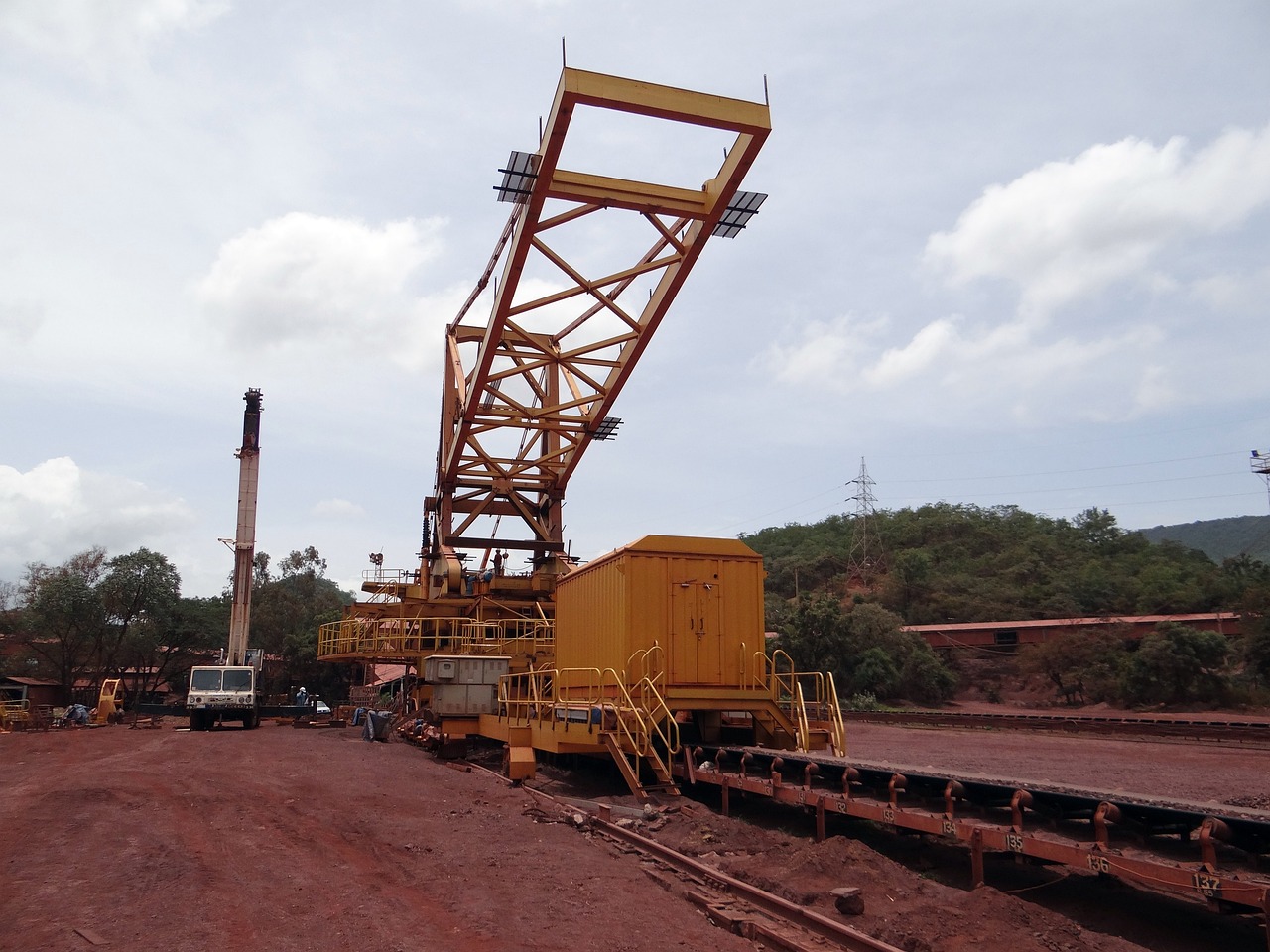Australian environmental technology company Calix Limited announced that it has completed a Front-End Engineering and Design (FFED) study for a 30,000 tonne per annum Zero Emissions Steel Technology (ZESTY) Hydrogen Direct Reduced Iron (H-DRI) demonstration plant. The study was supported with funding from the Australian Renewable Energy Agency (ARENA).
Highlights
• The FEED study estimates ZESTY can produce near-zero emissions hot briquetted iron (HBI) from low grade iron ore for ~AUD$630–800 per tonne of HBI.
• This cost is close to the range of existing, carbon-intensive HBI processing costs1, before any benefit of emissions reduction is accounted for.
• ZESTY would reduce the emissions intensity of reducing iron ore to metal iron from 1.89 tonnes of CO2 / tonne of iron to near zero. The reduction of iron ore to metal iron currently accounts for 80-85% of the steel industry’s carbon dioxide emissions.2
• An expansive ore testing program demonstrated metallisation degrees of commercial grade for a range of ores, including low grade Australian hematite ore.
• ZESTY’s low cost of production is driven by efficient hydrogen use, efficient electric heating, and the elimination of additional processing steps.
• Further cost savings are expected as the technology is scaled and refined.
• A Final Investment Decision on a ZESTY HBI Demonstration facility is being progressed and is subject to plant location and commercial agreements currently under negotiation.
The ZESTY FEED study aimed to complete the initial engineering for a 30,000 tonne per annum ZESTY Hydrogen Direct Reduced Iron (H-DRI) demonstration plant and provide an estimate of the levelised cost of producing briquettes of H-DRI using iron ore fines (<6mm) of low-grade hematite or hematite/goethite blends using the ZESTY technology. The study was supported by an expanded ore testing program at Calix’s Bacchus Marsh pilot scale facility, covering a large proportion of Australian iron ore sources.

